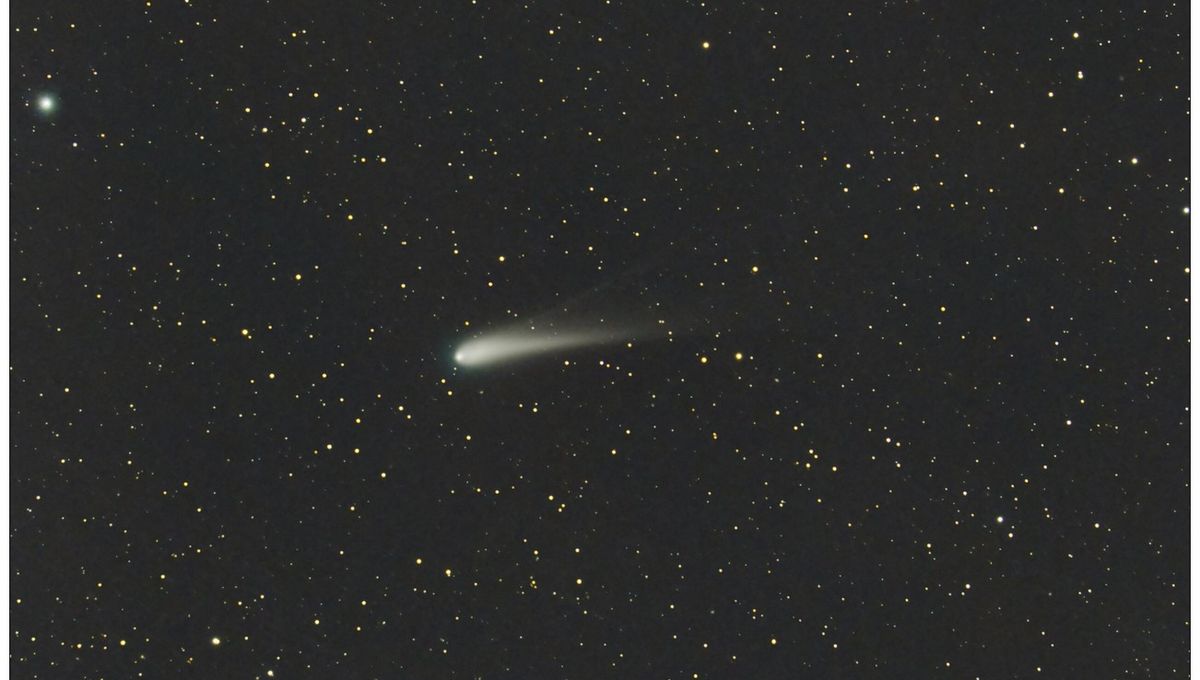
Comet C/2023 A3 (Tsuchinshan-ATLAS) is just a day away from its closest encounter with the Sun and it is getting brighter. It has now crossed the brightness threshold to be visible to the naked eye. While from Earth it is still just a fuzzy dot without help, with a modest magnification you can see its glorious tail.
However, none have had a better view of it so far than astronaut Matthew Dominick who snapped a beautiful video of Comet Tsuchinshan-ATLAS rising from the limb of the Earth as the space station flies around the planet. The view from the glass dome window on the International Space Station – known as the cupola – is clearly unbeatable.
“So far Comet Tsuchinshan-ATLAS looks like a fuzzy star to the naked eye looking out the cupola windows. But with a 200mm, f2 lens at 1/8s exposure you can really start to see it. This comet is going to make for some really cool images as it gets closer to the sun. For now a timelapse preview,” Dominick said on X.
We are just one week away from Comet Tsuchinshan-ATLAS’s closest passage to the Sun. On September 27, it will fly a distance of 58.6 million kilometers (36.4 million miles) from our star. Predictions expected it to be visible to the naked eye by then and they have been confirmed. The hope now is it will get much brighter during the encounter.
For days after the perihelion, it will be visible only before dawn, but from October 9, it should be visible at sunset. Conservative estimates expect the comet to be in the top 50 brightest objects in the sky. A more optimistic curve pushes it as brighter than Jupiter, and a bit less bright than Venus, which would still make it a great and easy object to spot in the sky. The closest passage to Earth is on October 12, so keep your eyes to the sky.
Source Link: Watch Comet Tsuchinshan-ATLAS From The ISS As It Becomes Visible To The Naked Eye